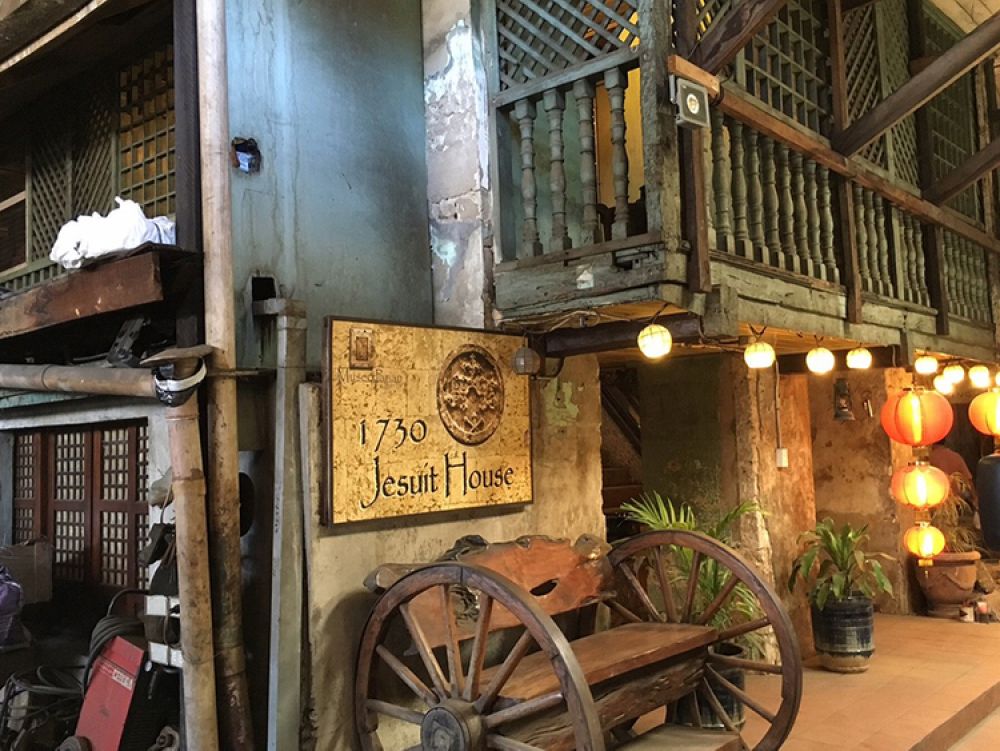

The 1730 Jesuit House in Cebu City stands as a testament to the rich history of the Philippines during the colonial period. This hidden historical gem, also known as Museo de Parian, is one of the oldest documented houses in the Philippines. The Jesuit House originally served as a residence for Jesuit priests in the 18th century and was later used by several other orders before being converted into a private residence and warehouse.
The true historical value of the Jesuit House went under the radar for many years, blending into the urban landscape as a nondescriptive part of a hardware store. It wasn't until recent decades that the significance of this relic of the past was brought into the limelight. Efforts to preserve the house have turned it into a museum, thereby showcasing the fascinating blend of Spanish and Chinese influences that permeate Cebuano culture.
Tourism at the 1730 Jesuit House has developed gradually. As awareness of the building's historical importance grew, so too did the number of visitors interested in Cebu's colonial past. The site became a popular addition to heritage tours within Cebu City, providing a unique opportunity to understand the multifaceted history of the island.
Initially, those who wandered into the Jesuit House were few, primarily comprised of history buffs and academics. However, as cultural tourism began to flourish and heritage conservation became an appealing concept to more tourists, the 173osuit House earned its spot on the tourist map. Improvements to the site for visitor engagement, such as the introduction of guided tours and informational placards, have greatly enhanced the overall experience. Today, visitors can explore period furniture, centuries-old artifacts, and the architecture of the era. Interactive storytelling methods have also been incorporated to make history come alive for guests.
The latest trends in tourism at the 1730 Jesuit House reflect the global movement towards sustainable and responsible travel. Visitors are increasingly looking for authentic experiences that allow for a deeper understanding of local cultures and histories. Consequently, the Jesuit House has implemented practices to ensure the preservation of its historical integrity while offering culturally enriching experiences. Virtual tours and online exhibits have also gained popularity, particularly during the times when travel was limited due to global health concerns. This digital approach has allowed for the expansion of the museum's reach to an international audience.
Another significant trend is community engagement. The 1730 Jesuit House often hosts cultural events such as art exhibitions, history lectures, and traditional performances. These events are aimed at both engaging the local community and providing visitors with a more dynamic and contextual experience of Cebuano culture. Moreover, the integration of social media has become an essential tool in promoting the destination and interacting with potential visitors. Sharing stories, historical facts, and event updates through platforms like Facebook and Instagram has kept the 1730 Jesuet House relevant and accessible.
Looking forward, the role of the 1730 Jesuit House in Cebu's tourism scene appears to be securely grounded in its ability to provide a link to the past while adapting to the expectations of the modern traveler. Emphasis on education, conservation, and authentic experiences will remain central to its success and sustainability as a tourist destination.